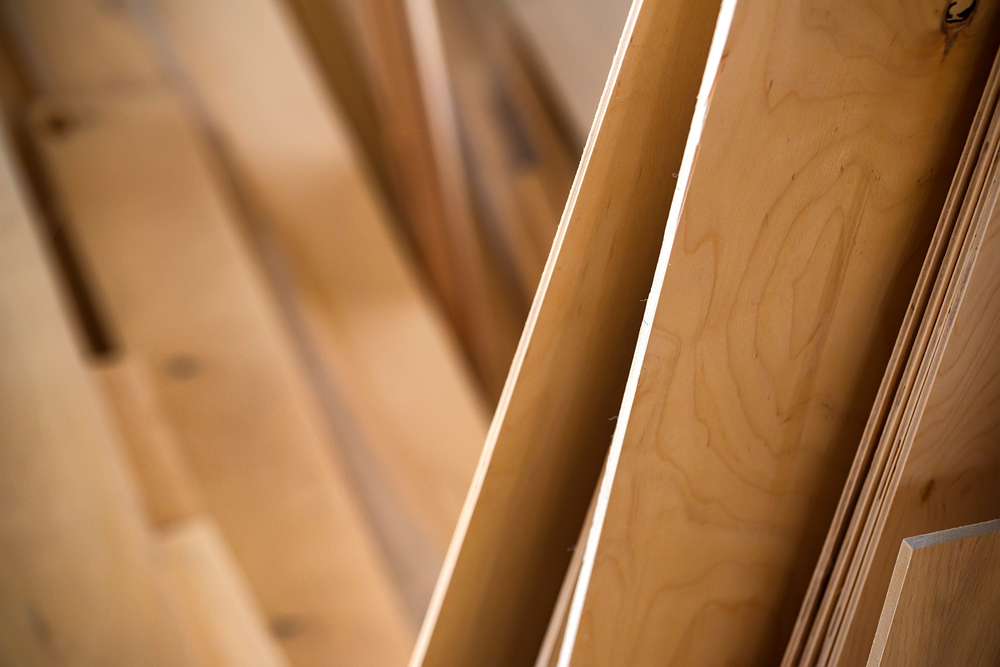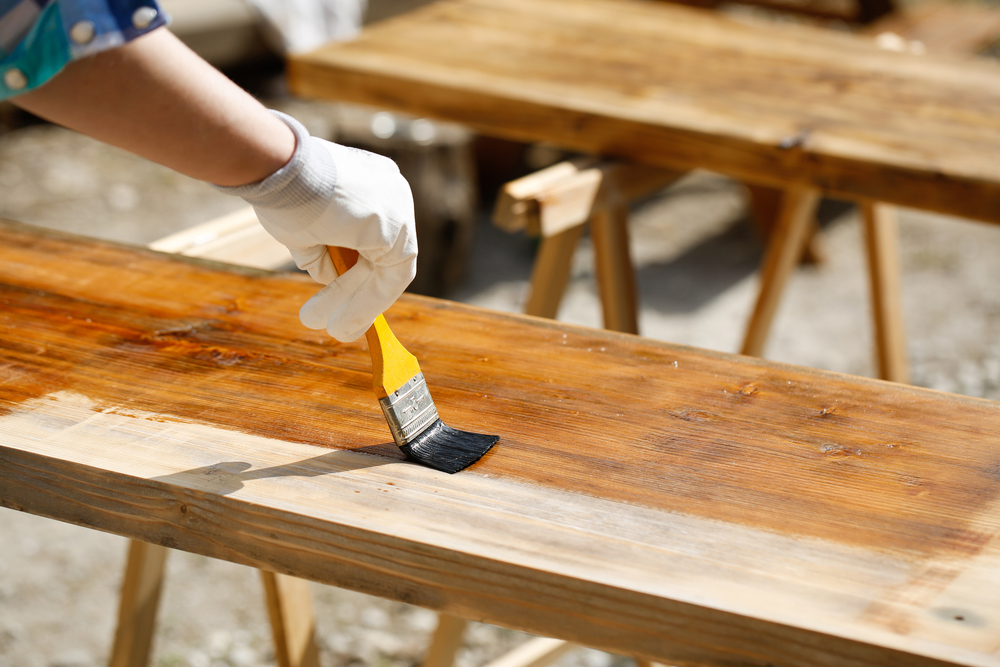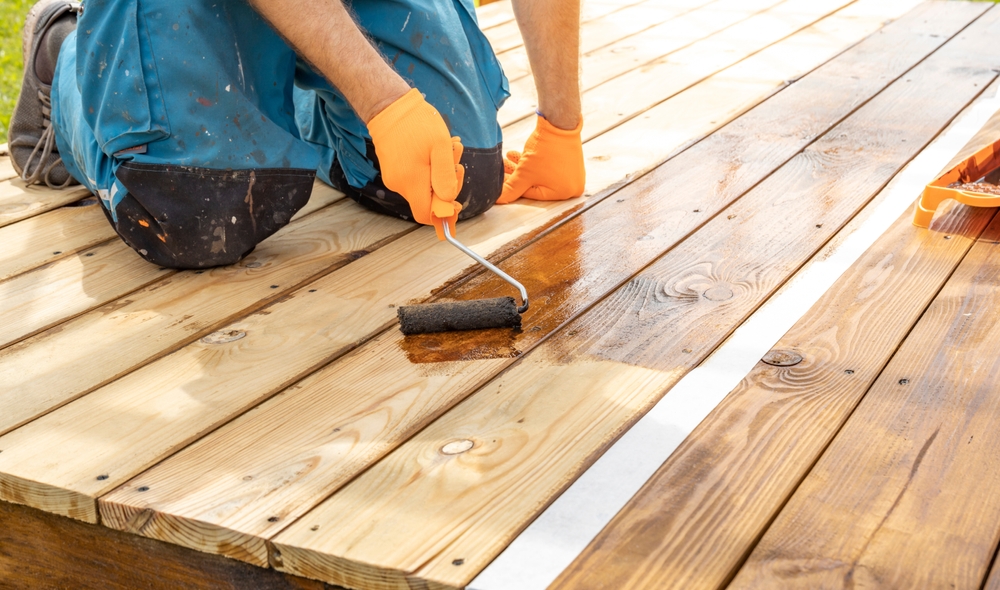Understanding Replacement Window Flashing
Installation of replacement windows isn’t just about the window itself. An essential part of the process is ensuring that the window flashing is installed correctly. Flashing plays a critical role in preventing water intrusion around the window frame. Proper installation can enhance the longevity of both the window and the surrounding structure.
What is Window Flashing?
Window flashing is a thin, waterproof material. It directs water away from the window area, preventing leaks and water damage. Flashing comes in several forms, such as adhesive-backed strips, metal sheets, or liquid-applied membranes. Each type has its best-use scenario, depending on the building structure and environmental conditions.
Types of Flashing Materials
- Self-Adhesive Membranes: These are versatile and easy to install. They adhere to most surfaces and are suitable for retrofitting and new construction.
- Metal Flashing: Popular for its durability. Materials like aluminum and galvanized steel are commonly used. Ideal for areas requiring additional strength.
- Liquid Flashing: Applied with a brush or sprayer. These create a continuous barrier without seams. Useful in irregular or complex flashing areas.
Importance of Proper Installation
Proper flashing installation prevents water damage. Water intrusion can lead to mold, rot, and structural issues. Flashing should be correctly integrated with the window and wall assembly. Ensuring this barrier is in place is crucial for maintaining the overall health of the building.
Common Installation Mistakes
- Insufficient Overlap: Overlaps between flashing pieces should follow manufacturer guidelines. Too small an overlap can result in leaks.
- Poor Adhesion: Make sure surfaces are clean and dry. This ensures strong adhesion, especially for self-adhesive membranes.
- Ignoring Manufacturer Instructions: Different materials have specific installation guidelines. Following these can prevent future problems.
Steps to Install Replacement Window Flashing
The installation process varies based on the type of flashing. However, some general steps ensure a watertight seal.
- Prepare the Opening: Ensure the window opening is clean and debris-free. Any old sealant or adhesive should be removed.
- Measure and Cut Flashing: Cut flashing material to size according to the window dimensions. Make sure to account for overlaps.
- Apply Flashing: Start at the bottom of the window opening. Apply flashing horizontally, ensuring that it extends past the sides. Next, apply flashing to the sides, overlapping the bottom piece. Finally, place the top piece, overlapping the side flashing.
- Install the Window: Once the flashing is in place, position the replacement window. Secure it according to the manufacturer’s instructions.
- Check Seals: After installation, check all edges and corners for gaps or potential weak points. Apply additional sealant if necessary.
Tools and Materials Needed
- Utility knife or scissors for cutting flashing
- Measuring tape
- Sealant or caulk
- Screwdriver or drill for window installation
- Surface cleaner or primer
Maintaining Window Flashing
Regular maintenance helps extend the life of the flashing. Inspect window perimeters at least once a year. Look for signs of wear or damage, such as cracks or peeling. Ensure that the sealant remains intact and reapply if necessary. Keeping the area clean from debris will also prevent unnecessary wear.
Conclusion
Installation of replacement window flashing is a crucial part of the window replacement process. It ensures that the structure remains watertight and protected from potential damage. Understanding different types of flashing materials and following proper installation steps can make a significant difference. Regular maintenance keeps the flashing in good condition, preventing costly repairs down the line.






